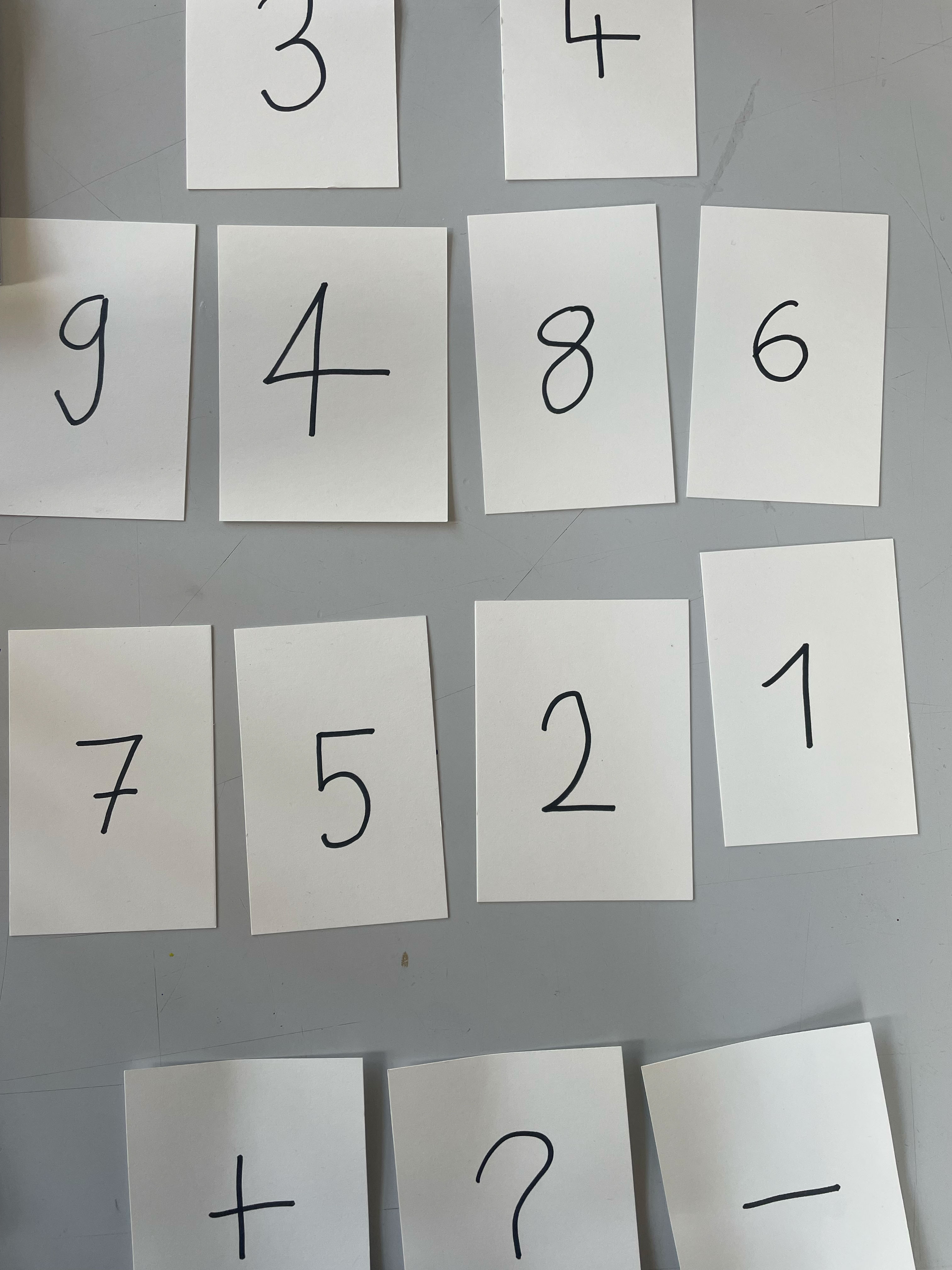Teachable Machine Learning is an approach to machine learning that allows users without programming skills to train their own models – usually through a user-friendly interface like Google's Teachable Machine. For example, users can upload images, sounds, or poses to create an AI model that recognizes and classifies them. In short: Teachable Machine Learning makes it easy for anyone to create AI models by teaching the machine to recognize patterns from examples.
IDEA
Since Google's Teachable Machine offers several ways to create your own projects, I only came up with a clear idea relatively late. I then pursued this idea more intensely and eventually turned it into my main project. I decided to use the Image model, which allows you to train the Teachable Machine on image data. My project was to build a calculator. All you have to do is hold digits and mathematical operators up to the camera, and you get your result. However, I didn't stop there, as this topic really fascinated me in a certain way. So, I also tried out the Audio model and the Pose model. With the Audio model, I built a start-stop system that recognizes my voice and plays a sound when I say the word "start." All other small projects should be seen more as a playful exploration.
PROBLEMS
Although this topic was one of my favorites this semester, I have to say that it also cost me some nerves. This was due to several reasons. For one, Google's Teachable Machine is very inaccurate and is influenced by many individual factors. Initially, I trained my calculator with handwritten digits, but this didn't lead to good results. Consequently, I had to switch to printed digits so that the system would always correctly recognize them and not interpret them differently. Furthermore, it's very time-consuming, as it's not enough to train the Teachable Machine with, say, 20 images. To even come close to an accurate result, hundreds are needed. If you also have multiple variables, like I did, it becomes quite time-consuming and frustrating.
WHAT WORKED
To put it simply: once I was able to circumvent all the factors influencing accuracy and achieve an accurate result, the further implementation into the project was not an issue for me. I also handled the visual side of things very well. My goal was to combine functionality with a simple and understandable design.
IMAGE DETECTOR / IMAGE MODEL
Calculator:
- Teachable Machine trained on digits
- Percentage indication of probability
- Program recognizes the digits held in front of the camera
- Function: Should be able to calculate using the operators
Not me:
- Pictures of me and pictures only of the background
- Percentage indication of probability
Mugshot:
- Use pictures of fellow students to build an AI model
- Pictures in front of a neutral background -> avoid disturbances
- Percentage indication of probability
- From a certain probability a gimmick
AUDIO DETECTOR / AUDIO MODEL
Music:
- Record start and stop from fellow students
- Different background noises to train the AI better on the words
- When start: song begins
- When stop: song stops
MOTION DETECTOR / MOTION MODEL
Start_Stop:
- Hands up: start
- Hands down: stop
- No function considered so far

